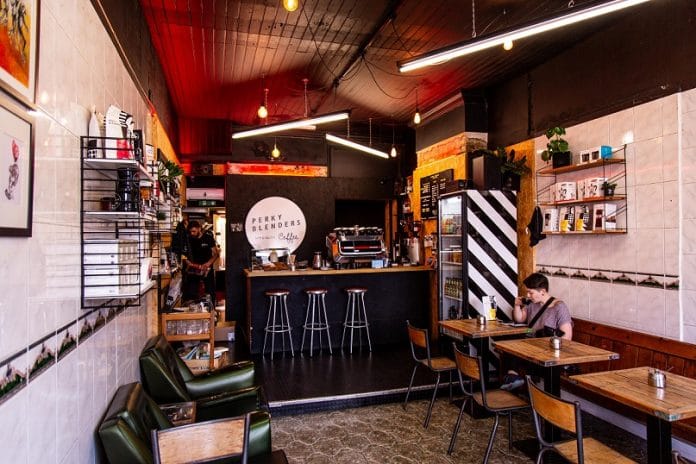Guest post by Oliver Rowbory
A recent survey by McKinsey found that COVID-19 has accelerated technology adoption by seven years. Click-and-collect is a perfect example of this.
The benefits of such technologies had previously been the exclusive remit of the largest and most established brands, but now, they have quickly become democratised throughout the sector.
As of 2020, at least 80 per cent of retail shops offered click-and-collect, increasing by 32 per cent since 2019, according to data from Statista.
SMEs across key sectors such as retail and hospitality are realising that including click-and-collect as part of their business model is both scalable and achievable, without significant financial outlay.

Whilst we are still in the midst of the pandemic with restrictions on Scottish businesses offering click-and-collect and others choosing to put the technology on hold for now, discerning businesses considering click-and-collect or those that have tested the water already to see if it supports their business model, would do well to look ahead, as it is not going to go away.
This market in the UK is forecast to reach £9.8 billion in 2023, increasing by 45.8 per cent according to GlobalData.
The beauty of it is that it is a tried and tested model, so there’s no need for SMEs to reinvent the wheel. But done well, it is possible to do all a business used to do as a physical entity – only online and better.
For retailers, this means that deliveries are less costly and complicated if they’re going to one location, rather than multiple homes.
Click-and-collect facilitates a consumer-first model which eliminates the need for customers to have an app and account for a specific service. A good platform can manage in-person transactions and services, like table ordering for hospitality businesses, while building a solid online model in the same process.
Crucially, it can also leverage data-driven insights into customer behaviour that can drive brand awareness and build customer loyalty in the long term
It gives customers a choice by allowing them to make a purchase online and choose to collect that purchase at a pre-selected location, also saving the business on delivery fees.
Click-and-collect partnerships between retailers is a brilliant way of offering the customer yet more convenience. The John Lewis tie-up with the Co-op, which gives John Lewis customers the option to pick up online orders from Co-op stores, is a prime example, along with Next and Amazon as another.
But, this can also work for smaller, more localised businesses – partnering with a larger chain for fulfillment or a retailer in another location, is a good way to expand customer reach and to increase your geographical footprint.
However, click-and-collect can do so much more than simply handling orders. It allows a business to manage its dynamic products or services on offer, run effective promotions, offer coupons, and integrate with appropriate delivery platforms. Crucially, it can also leverage data-driven insights into customer behaviour that can drive brand awareness and build customer loyalty in the long term.
Reliance on technology has proven a successful short-term solution for businesses and over the coming months many will be looking at how transferable these technologies can be to give long term sustainability.
A digital transformation is never the finished article – the onus is on SMEs to keep pushing the boundaries of technology to help them become more efficient, more streamlined and productive.
Pivoting to click-and-collect is a sure-fire method to garner more customers and when lockdown is over, these businesses can expect to have foot traffic from new converts trooping through the doors.
Oliver Rowbory, co-founder of Goodtill. More on them here


